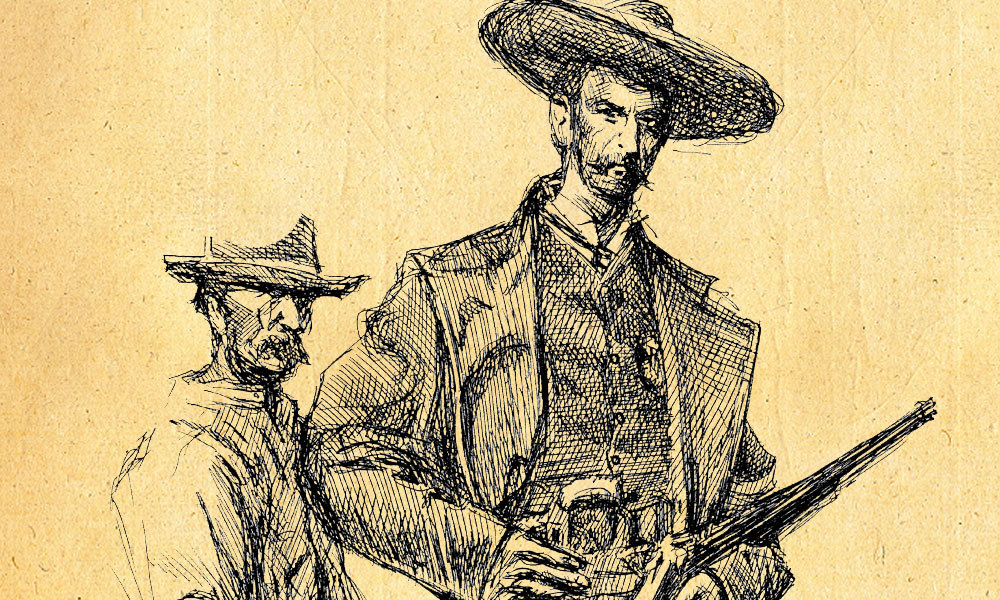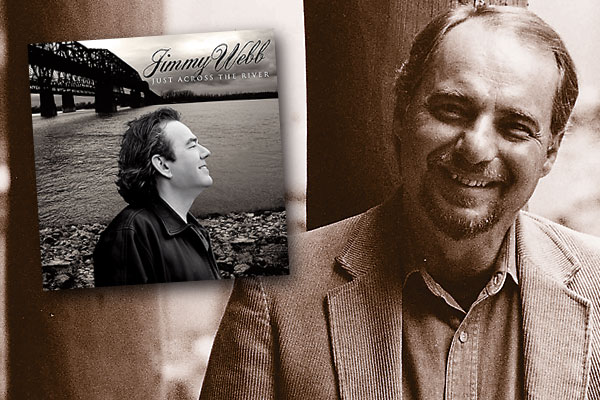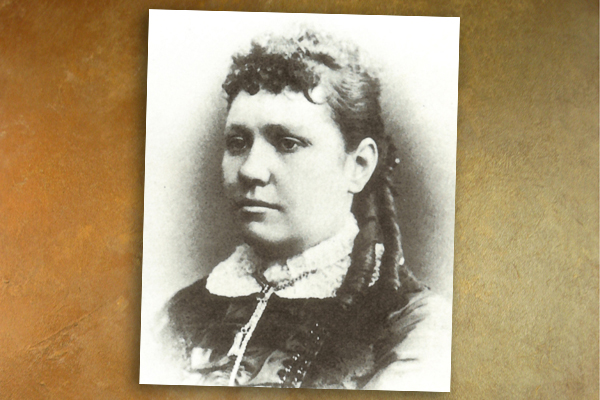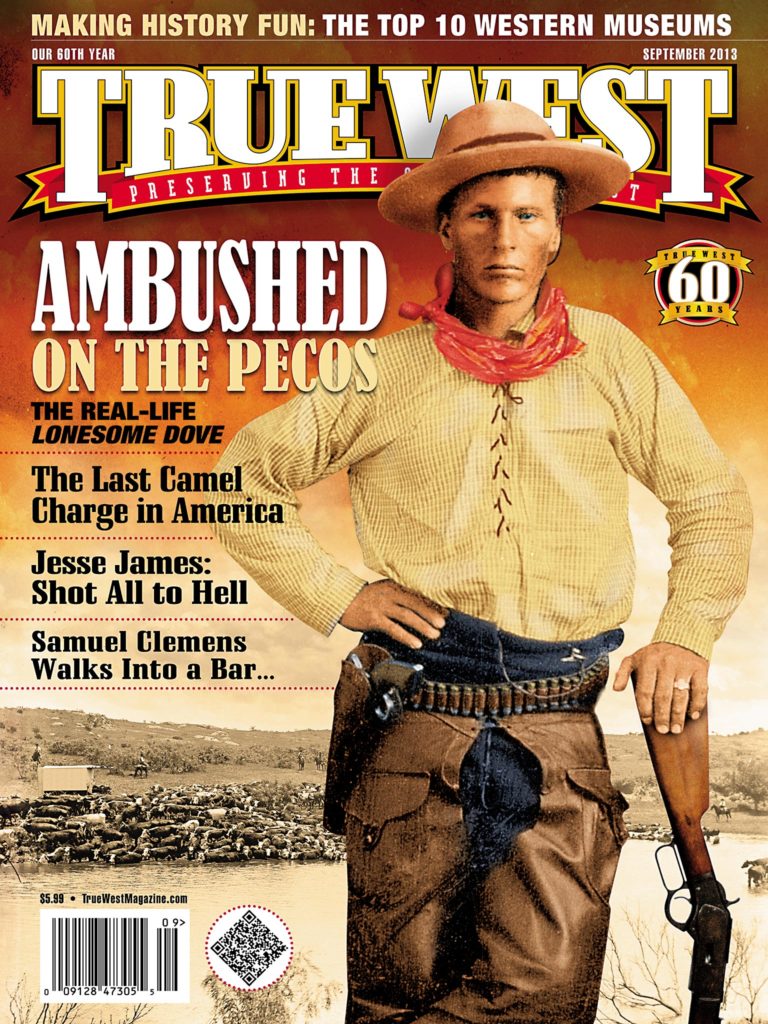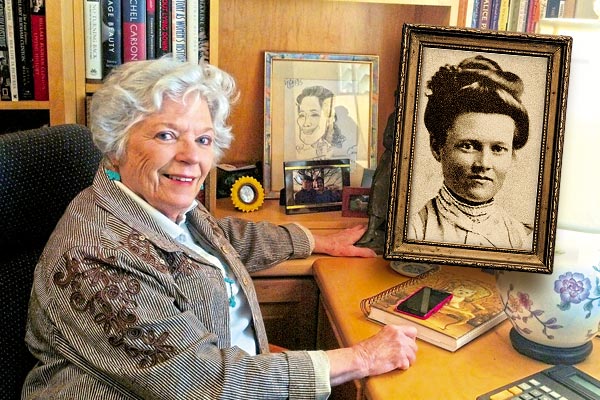 Joan Anderson Meacham remembers being “so irritated and angry.” In 1979, the educated, 44 year old serving on the Advisory Committee on the Status of Women in Cape May, New Jersey, got an invitation from the Alice Paul Centennial Foundation, prompting her to ask, “Who is Alice Paul?”
Joan Anderson Meacham remembers being “so irritated and angry.” In 1979, the educated, 44 year old serving on the Advisory Committee on the Status of Women in Cape May, New Jersey, got an invitation from the Alice Paul Centennial Foundation, prompting her to ask, “Who is Alice Paul?”
Meacham had never heard of the suffragist who carried on the fight for women’s right to vote after Susan B. Anthony’s death, a woman jailed and force fed during her hunger strikes.
“I was so irritated and angry because I couldn’t believe I’d never heard of a woman who did so much,” Meacham says. She vowed to fight such ignorance.
Today, at 78, she is still living that vow, as the founding director of the Arizona Women’s Heritage Trail, an Arizona Statehood Centennial “legacy project.”
The women honored on the trail include Nellie Cashman, a Tombstone restaurateur who gained fame as the “miner’s angel;” Mary Smith Lawler, a Harvey Girl-turned-ore wagon driver; and Sharlot Hall, Arizona’s first territorial historian.
“As mothers, pioneers, community builders, tribal leaders, ranchers, educators, authors, hoteliers, doctors and nurses, researchers, lawyers, museum founders, architects, artists, politicians, social workers and a Supreme Court Justice—women of many strengths and backgrounds have been instrumental in the building of Arizona,” the trail brochure reports.
Working with researchers from Arizona state universities and State Archivist Melanie Sturgeon, the trail project coordinators have identified about 100 women significant in Arizona’s history. Prescott and Tucson devote walking trails to significant spots; in Phoenix, where the distance between sites is too far to walk, Meacham hires a bus for the tour. “Every time, I fill the bus,” she says. “Women are just hungry for information about the women who helped build Arizona.”
Meacham is also part of a national effort to identify and promote historical female leaders. Already, Connecticut and Florida also have women’s trails, while New Mexico’s Historic Women Marker Initiative has installed more than 60 markers.
In her spare time, Meacham is writing a book on the 7,000-ton sculpture that is the nation’s “only monument to women’s suffrage.” After the 19th Amendment passed, Paul raised the funds for a sculpture of suffrage pioneers Anthony, Elizabeth Cady Stanton and Lucretia Mott. After the statue was completed, in 1921, “the all-male Congress didn’t want these radical women in the nation’s Capitol,” Meacham says. “So Alice had the statue transported to the steps of Congress and left it there.”
Congress let it in, “but only for a few weeks,” she says, before relegating it to the basement, where it stayed until 1997. Congress placed it in the rotunda after Meacham and others raised $160,000 to clean the statue and move it upstairs.
Meacham’s newest project is creating a statewide women’s history alliance, so all the various groups work together as one.
Thanks to her efforts, many of us will never feel “irritated and angry” that we didn’t know about the accomplished women in American history.
Jana Bommersbach has been Arizona’s Journalist of the Year and has won an Emmy and two Lifetime Achievement Awards. She is the author of two nationally-acclaimed true crime books and a member of Women Writing the West.


